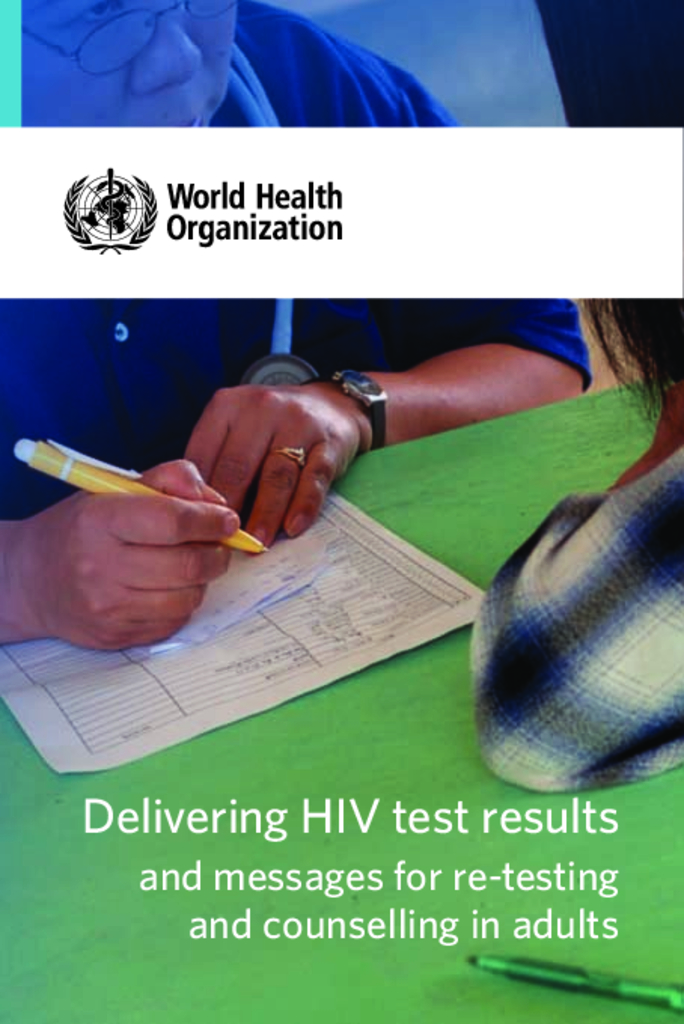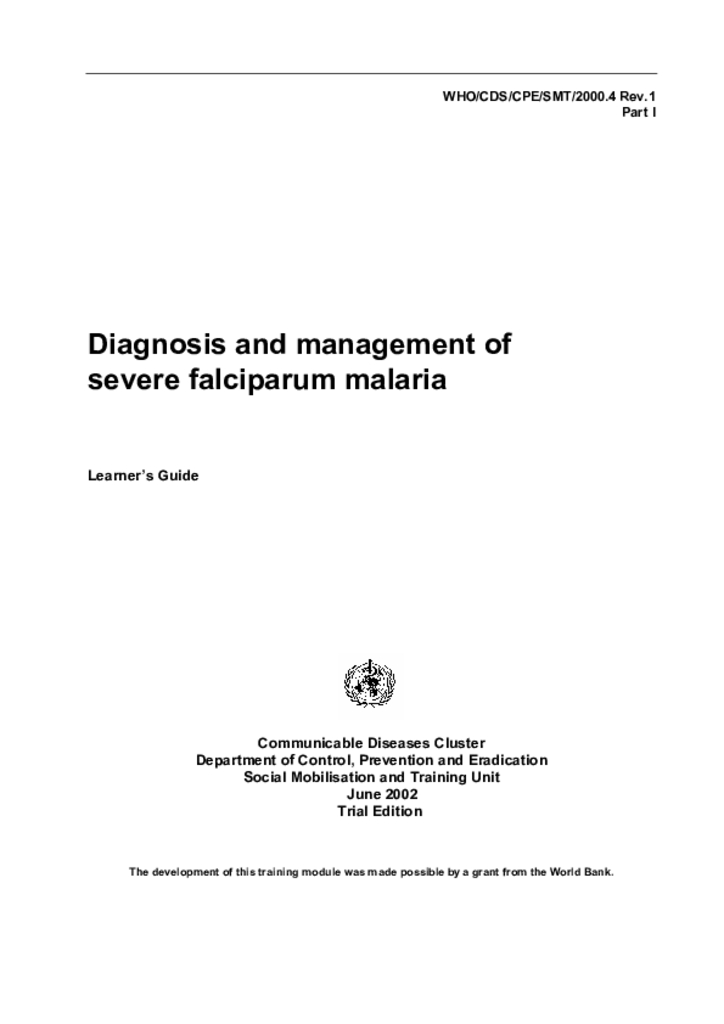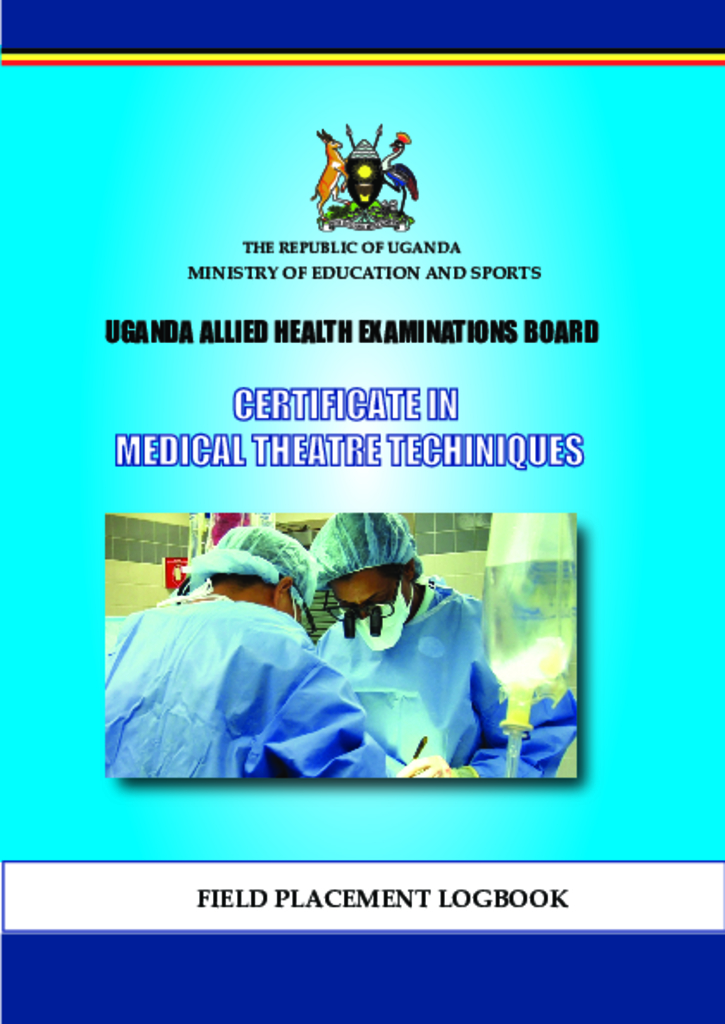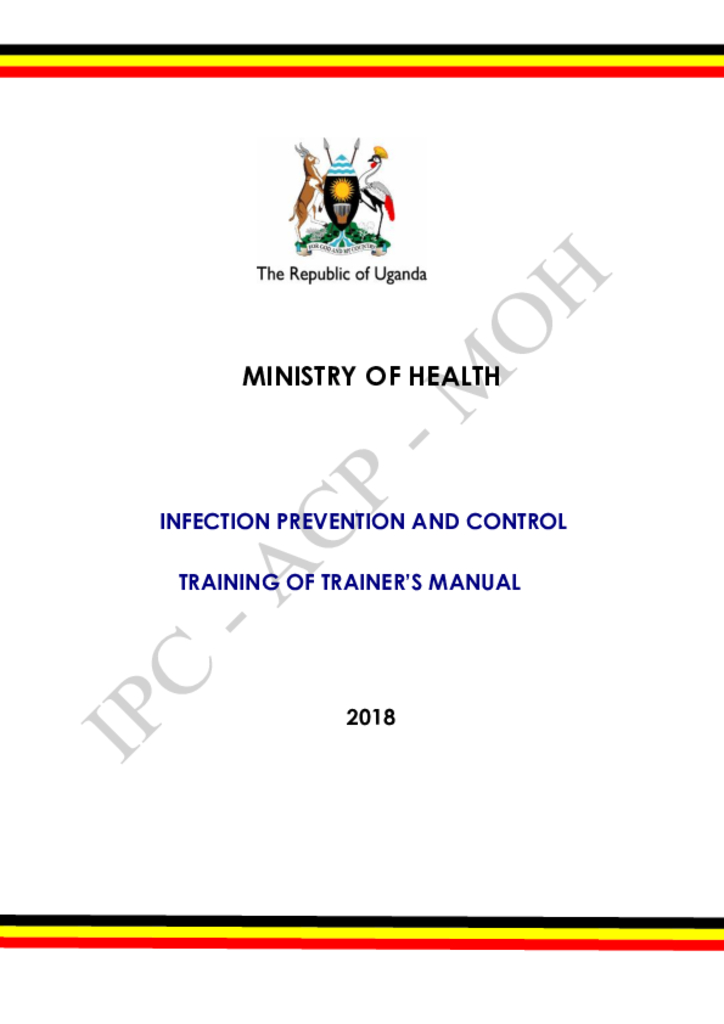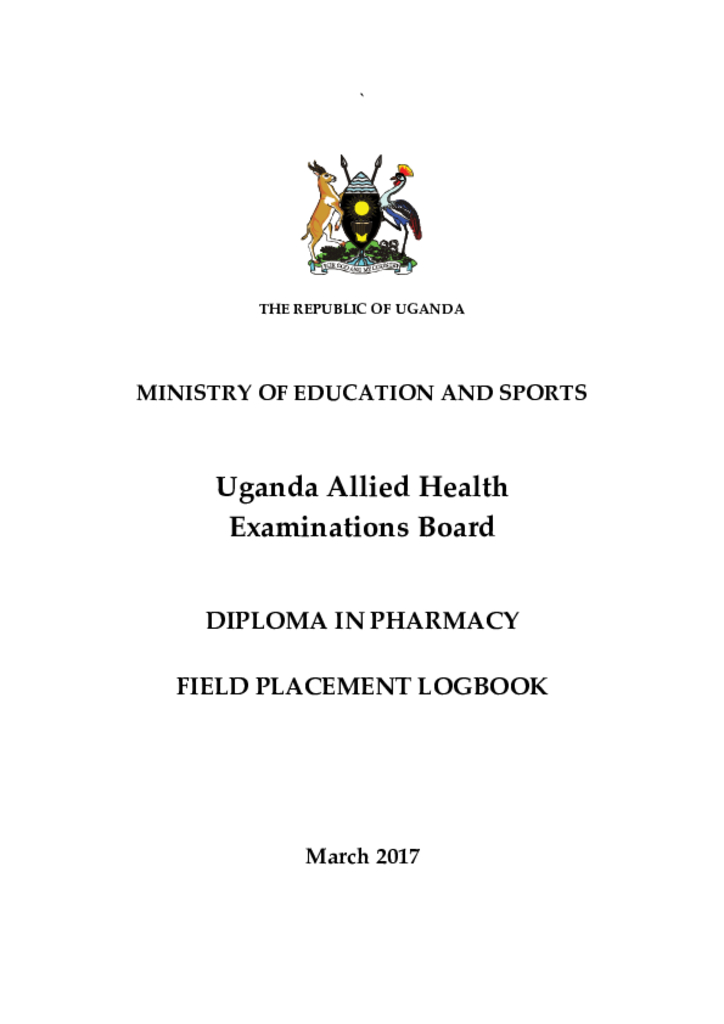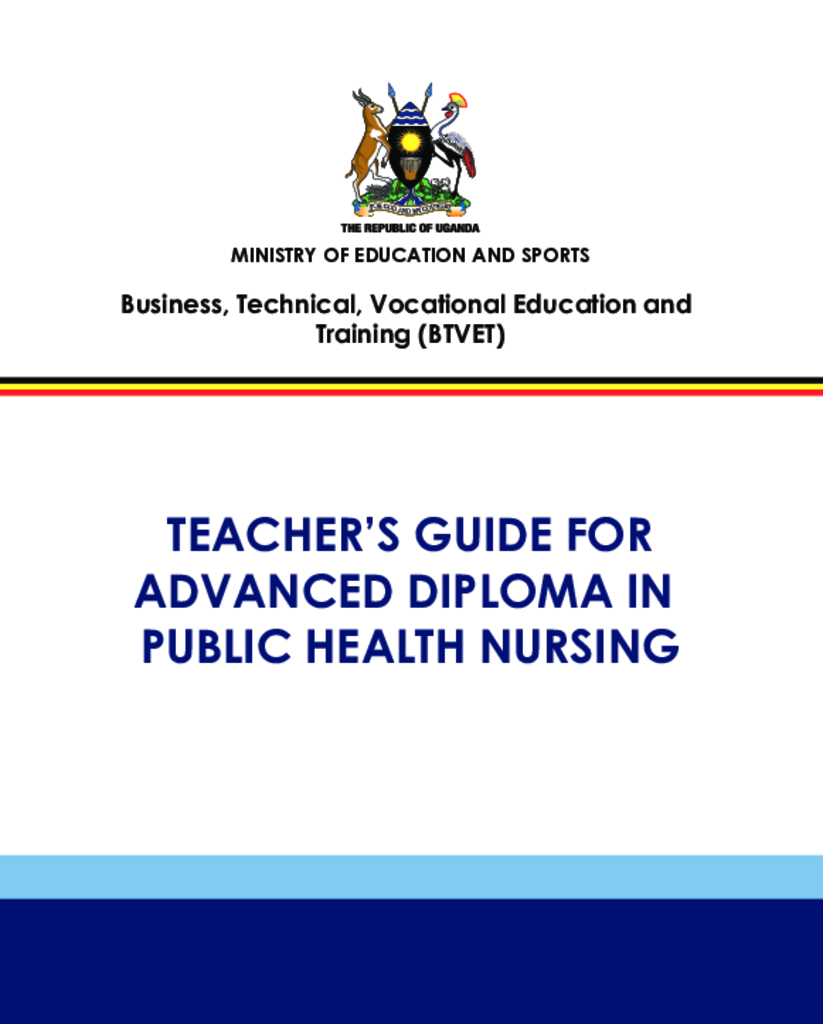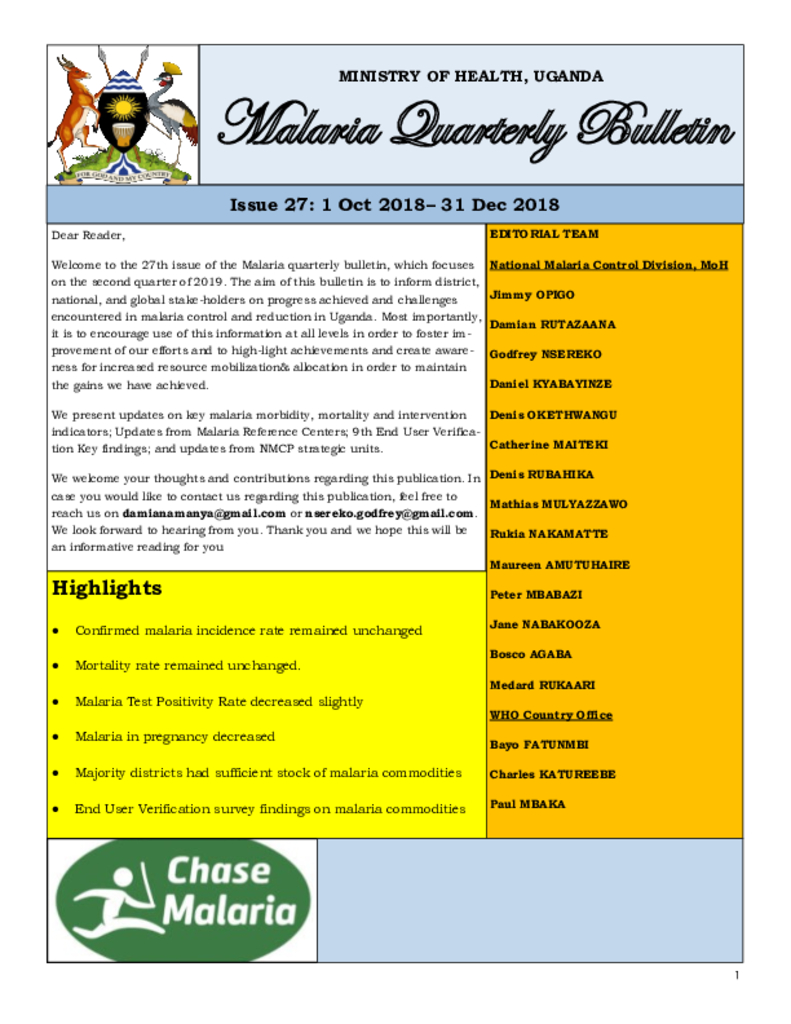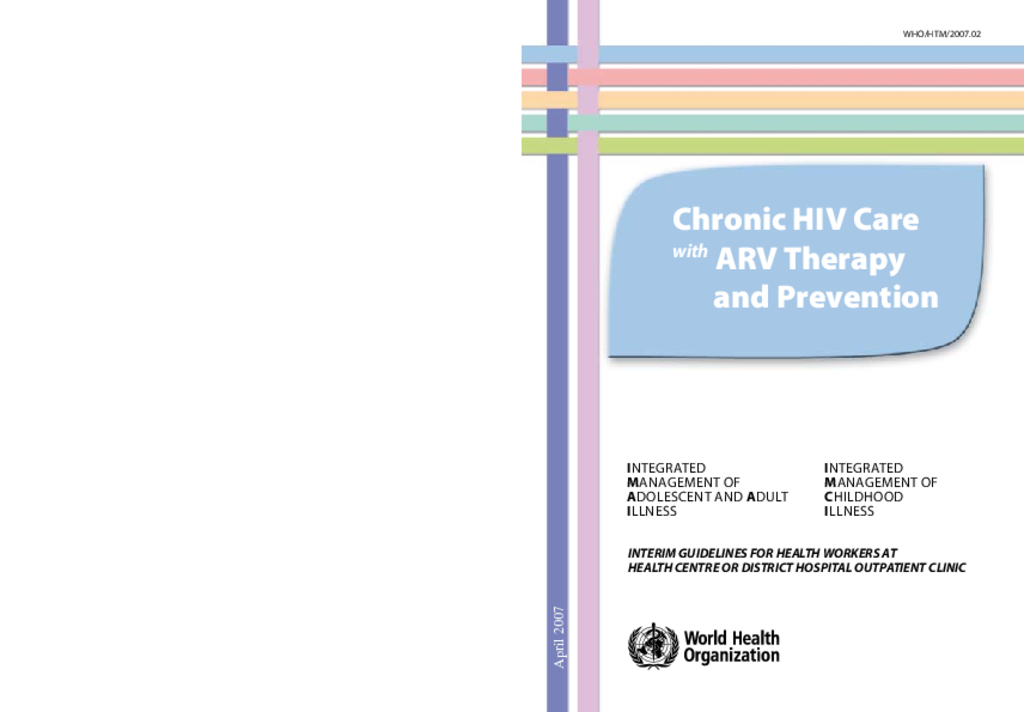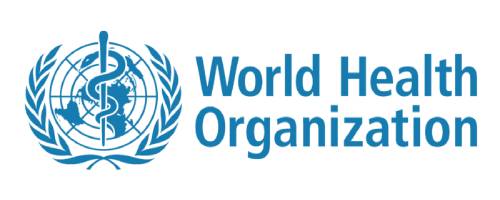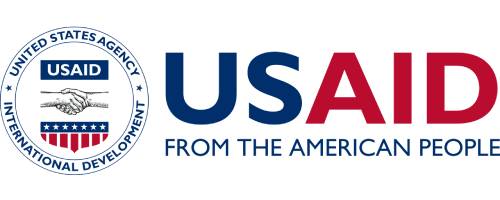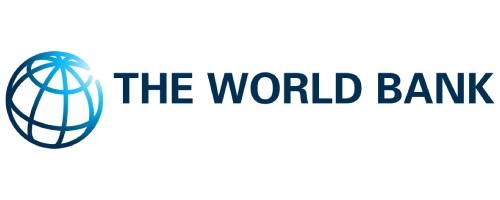These recommendations focus on re-testing for HIV. This document is intended to inform a diverse audience including HIV policy-makers, HIV testing and counselling and national AIDS programme managers, site managers, trainers and HIV testing and counselling providers.
HIV testing and counselling settings in which this document can be applied are varied and include but may not be limited to: the public and private sectors, provider-initiated HIV testing and counselling (PITC) settings (i.e. any medical setting, e.g., antenatal clinic, labour and delivery room, maternal and child health clinics, tuberculosis (TB) clinics, sexually transmitted infection (STI) clinics, inpatient ward and outpatient clinics), IDU treatment clinics, and community-based programmes such as client-initiated testing and counselling (CITC) facilities (sometimes referred to as VCT* centres), other CITC settings such as mobile testing sites and other outreach settings.
This Learner's Guide, Part I of the module on the Diagnosis and Management of Severe Falciparum Malaria, is made up of teaching materials, problems and a picture quiz covering all the activities involved in diagnosing and managing severe falciparum malaria at the hospital level. This guide is based upon the problem solving approach to education, and working through the study cases presented, you will develop the competence to manage correctly cases of severe falciparum malaria.
Together with Part II, the Tutor's Guide, it forms a training module which is designed to be used throughout a formal period of training and provides information, poses practical problems and suggested solutions in a simple, easily understandable form, so as to facilitate local adaptation and translation into local languages.
The content of this logbook predominantly includes practical areas and exposure experiences that cannot be acquired within the training institution’s environment.
This logbook will, therefore, be used to record practical experiences, exposures and the assessment there of, while at placement/practicum sites within the duration of the program.
This logbook will be implemented alongside the Curriculum for Certificate in Medical Theatre Techniques.
This Manual is intended for Training of Trainers but may be used to guide training of other professional health workers, both pre-service and in service cadres. If used appropriately, the manual helps the trainer to deliver the infection control training package in a systematic and comprehensive manner.
The Guide emphasizes practical teaching, projects and acquisition of skills by the learner. The competences that learners are expected to acquire are clearly spelt out in each module covered in the term. You should ensure that learners are well versed with practical work.
The teaching methodologies developed in this Guide, if implemented effectively, should be able to produce Pharmacy Diploma graduates who are able to
Ministry of Education and Sports (MoES) revised the Curriculum for Diploma in Pharmacy as well as the Teacher’s Guide to make it competence based. To further consolidate this interventions, this Field Placement Logbook has been developed to monitor acquisition of competencies during Placement, in line with the competence-based curriculum. Preparing Pharmacy Students for the tasks they are expected to perform upon completion of their training, requires inclusion of Field Placements during the period of study
Uganda’s population has increased to 34 million people which calls for increase Health Centre IVs (HCIVs), districts, and Regional Referral Hospitals (RRHs). The training programme will take two (2) years, consisting of four (4) semesters with assessments carried out for each semester. This Curriculum is competence-based and consists of three major parts which were developed sequentially by combined panels of practitioners and tutors between November and December 2015.
The Guide emphasises practical teaching, projects, and acquisition of skills by the learner. The competences that learners are expected to acquire are clearly spelt out in each module covered in the semester. You should ensure that learners are well-versed with practical work. The teaching methodologies developed in this Guide, if implemented effectively, will ensure quality training of Advanced Diploma Public Health Nurses (ADPHNs) who are able to
Welcome to the 27th issue of the Malaria quarterly bulletin, which focuses on the second quarter of 2019. The aim of this bulletin is to inform district, national, and global stake-holders on progress achieved and challenges encountered in malaria control and reduction in Uganda. Most importantly, it is to encourage use of this information at all levels in order to foster im-provement of our efforts and to high-light achievements and create aware-ness for increased resource mobilization& allocation in order to maintain the gains we have achieved.
We present updates on key malaria morbidity, mortality and intervention indicators; Updates from Malaria Reference Centers; 9th End User Verifica-tion Key findings; and updates from NMCP strategic units. We welcome your thoughts and contributions regarding this publication
Reporting rate this week (86.4%) represents change from the previous week, 2019W8 (86.7%). There was a 10% drop reported in malaria cases (106,503 in W8 vs. 95,761 this week. The West Nile districts of Adjumani (13) & Moyo (13) reported incidence rates >10 cases/1,000 population. Further south, Namayingo District also reported incidence rates beyond 10 cases/1,000 population . About 26% (33/128) of districts treated ≥15% of patients who tested negative with an antimalarial. This is a 3%-point increase from 30% in 2019W8. There were 22 deaths this week, representing a 38% increase from last week (16). About 30% (38/128) of districts had reporting rates <85%, representing a 14%-point increase from 2019W9 (16%).
Cholera outbreak response generally focuses on medical aspects that are important for lowering mortality. However, a more comprehensive response is needed to limit the spread of the disease. As the outbreak response is often led by medical professionals, other aspects, such as environmental or communication issues, might tend to be neglected.
IMAI/IMCI (Integrated Management of Adolescent and Adult Illness/Integrated Management of Childhood Illness) is a multi-departmental project in WHO producing guidelines and training materials for first-level facility health workers in low-resource settings. IMAI/IMCI are part of the WHO model essential package for HIV prevention, care and treatment.
